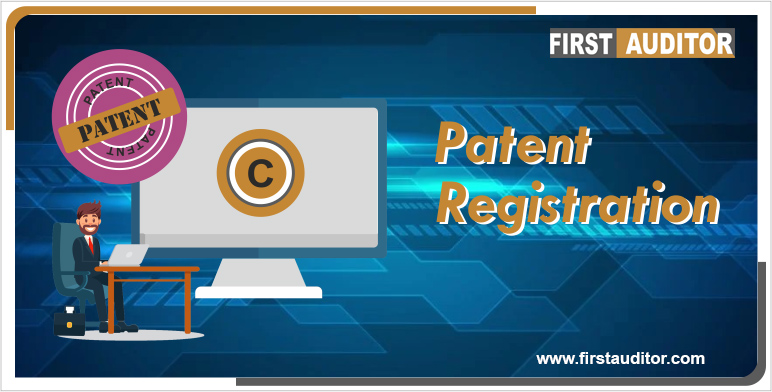A patent is a type of legal protection that gives its holder the temporary right to prevent others from exploiting an invention (producing, using, selling, or importing it) without the patent owner's consent.A patent is a type of "industrial property" that its owner may assign, transfer, licence, or utilise.Patents have a territorial effect; for example, an Indian patent is only good for use within India.Indian patents, like those in the majority of other countries, have a 20-year maximum lifespan. A minor annual renewal fee must be paid starting in the third year in order to keep a patent in effect.
Patent Pending is often used to alert competitors that an application has already been made to protect the invention. It also refers to a patent application that was submitted to the patent office but was not granted. The status of "patent pending" safeguards the inventor, but it is still unclear if a patent will ever be granted.

The inventor or authorised person must gather all the information on the invention, including the :
The diagrammatic form must be illustrated in a way that uses visual examples to better explain how the innovation functions. These are crucial to the patent application process.
This is due to the Indian Patent Act of 1970 specifying that not all inventions may be eligible for patent protection.
The inventor must determine whether or not his invention satisfies all of the requirements for patentability under the Indian Patent Act. The following needs must be examined:
The patent experts prepare the patentability report after doing a thorough search and provide their opinion on patentability.
The inventor may submit a provisional application if he is still very early in the research and development process for his invention. He gains the following advantages from it:
The inventor obtains the filing date, which is highly important in the field of patents, after submitting the provisional patent application. The inventor has 12 months to develop a comprehensive specification; after that time, the patent application will be abandoned.
The inventor can submit a detailed specification together with the patent application once all of the necessary paperwork has been submitted and his research has progressed to the point where prototypes and experimental findings can be used to demonstrate his innovative step.
Only 18 months after the first filing, following the submission of the full specification together with the patent application, is the application published.
However, if the inventor does not want to wait until the 18-month window following the date of filing to publish his patent application, an early publication request can be made together with the required payments.
Only after a request for the RFE examination is received is the patent application examined. The patent application that the inventor submits to the controller in response to this request is then given to a patent examiner, who reviews it in accordance with various criteria for patentability, including:
As soon as the examiner has reviewed the patent application based on the aforementioned terms, it will initially produce a first examination report. Patent prosecution is the name of this process. The examiner submits the initial examination report to the controller, which typically includes prior art (documents that already existed before the date of filing and are related to the claimed invention). This report is identical to the one given to the patent applicant.
The majority of patent applicants receive some sort of objections based on the examination report. The best course of action for the patent applicant is to review the examination report with a patent expert (a patent agent), analyse it, and then formulate a response to the concerns stated in the examination report.
This offers the inventor a chance to distinguish his originality from the prior arts listed in the examination report. The patent agent and the inventor draught and submit a response to the examination, which the controller then uses to confirm that the invention is really patentable and meets all patentability requirements.
The purpose of the communication between the controller and the patent applicant is to make sure that all of the objections mentioned in the patent application are addressed; if they are not, the patent application will not be approved. The inventor has a reasonable opportunity to substantiate his claim, establish uniqueness, and advance invention beyond the state of the art in the earlier arts.
Once it is determined that the patent application satisfies all patentability conditions, the application would then be placed in order to obtain the grant. The patent journal, which is occasionally published, is then notified of the patent grant.
A provisional patent is a temporary patent application filed with the patent office to secure an early filing date and establish priority over future applications. It provides the applicant 12 months to file a complete patent application.
A provisional patent allows inventors to secure an early priority date, which can be critical in patent disputes. It is cost-effective and provides flexibility to develop the invention further before filing a complete application.
A provisional patent secures a priority date for the invention but doesn't require a detailed description. A complete patent, on the other hand, provides full details and is necessary to get a granted patent.
You can apply for a provisional patent by submitting a brief description of the invention, along with necessary documents, to the patent office. Our service helps streamline this process for you.